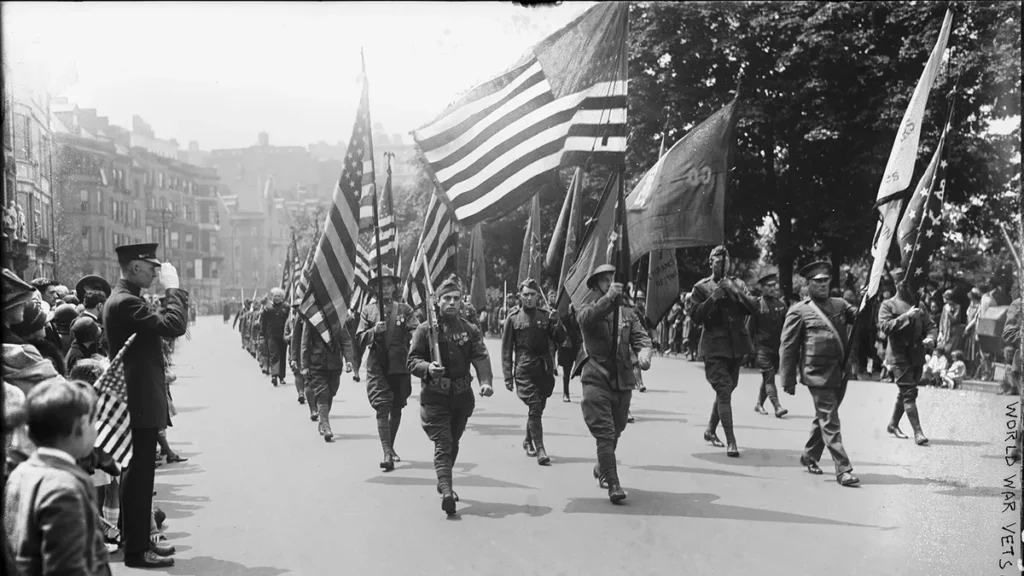World War I began on July 28, 1914, and ended on November 11, 1918. Contemporaries referred to the conflict as the Great War, and during this time, several men were drafted to fight for their country. While most willingly wanted to participate in the war, others weren’t too keen to do so. But did you know that women handed feathers to men who did not fight during this time?
Women were encouraged to give white feathers to fit and healthy men who had not enlisted to fight in the First World War as a symbol of cowardice.
The History of World War 1
The Great War, also known as World War I, began in 1914 with the assassination of Austrian Archduke Franz Ferdinand. His murder sparked a European war that lasted until 1918. Germany, Austria-Hungary, Bulgaria, and the Ottoman Empire fought against the United Kingdom, France, Russia, Italy, Romania, Canada, Japan, and the United States during the war.
World War I saw unprecedented levels of carnage and destruction due to new military technologies and the horrors of trench warfare. By the time the war ended and the Allies declared victory, more than 16 million people, both soldiers, and civilians, had died. (Source: History)
What were the Major Battles of World War 1?
There were several battles during the Great War, but only some that were truly notable in history.
The Battle of Marne
At the start of World War I, Germany hoped to avoid fighting on two fronts by annihilating France before turning to France’s ally, Russia. The initial German offensive was successful, but insufficient reinforcements were available to maintain momentum. The French and British launched a counter-offensive at the Marne, and the Germans were forced to retreat after several days of fierce fighting.
Gallipoli
The Gallipoli campaign was the land-based component of an overall strategy to allow Allied ships to pass through the Dardanelles, capture Constantinople, and eventually force Ottoman Turkey out of the war. However, Allied plans were based on the mistaken assumption that the Ottomans could be easily defeated.
Jutland
The Battle of Jutland was the biggest naval battle of World War I. It was the only time the British and German fleets of ‘dreadnought’ battleships clashed.
Verdun’s Battle
The Battle of Verdun was the longest battle of World War One. It was also one of the most expensive. It all started in February 1916 with a German attack on the fortified French town of Verdun, where bitter fighting would rage for the rest of the year.
The Somme Battle
The Battle of the Somme was a joint operation between British and French forces to defeat the Germans on the Western Front. For many people in the United Kingdom, the ensuing battle was the most painful and infamous episode of the First World War.
(Source: Imperial War Museums)
What Happened After the First World War?
Following the war, four empires ceased to exist: the German, Austro-Hungarian, Ottoman, and Russian. Many nations reclaimed their independence, and new ones arose. The war brought down four dynasties and their ancillary aristocracies: the Romanovs, the Hohenzollerns, the Habsburgs, and the Ottomans. Belgium, Serbia, and France were all severely damaged, with 1.4 million soldiers killed, not counting other casualties. Germany and Russia were both affected in the same way. (Source: Historians)
